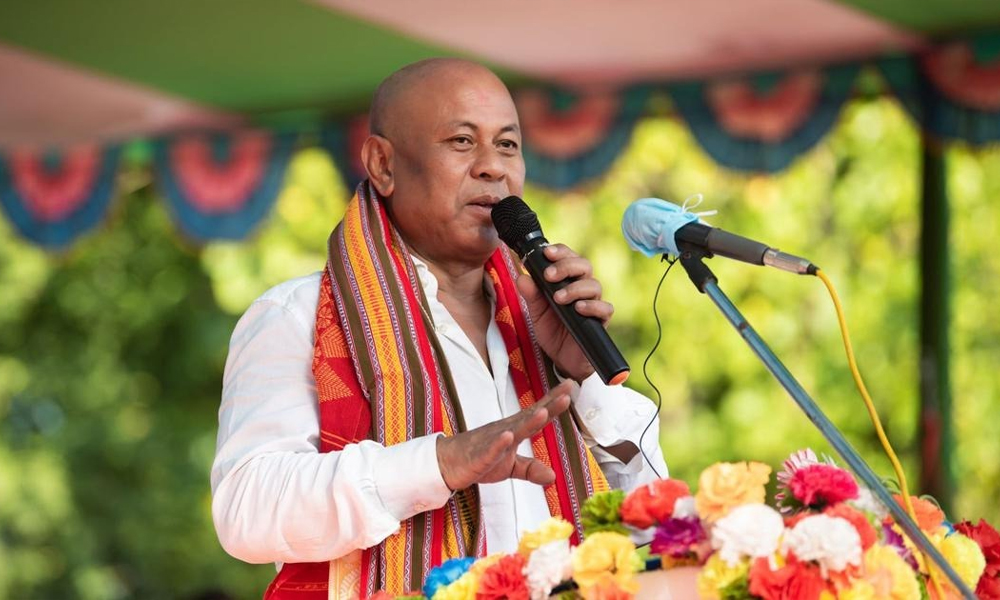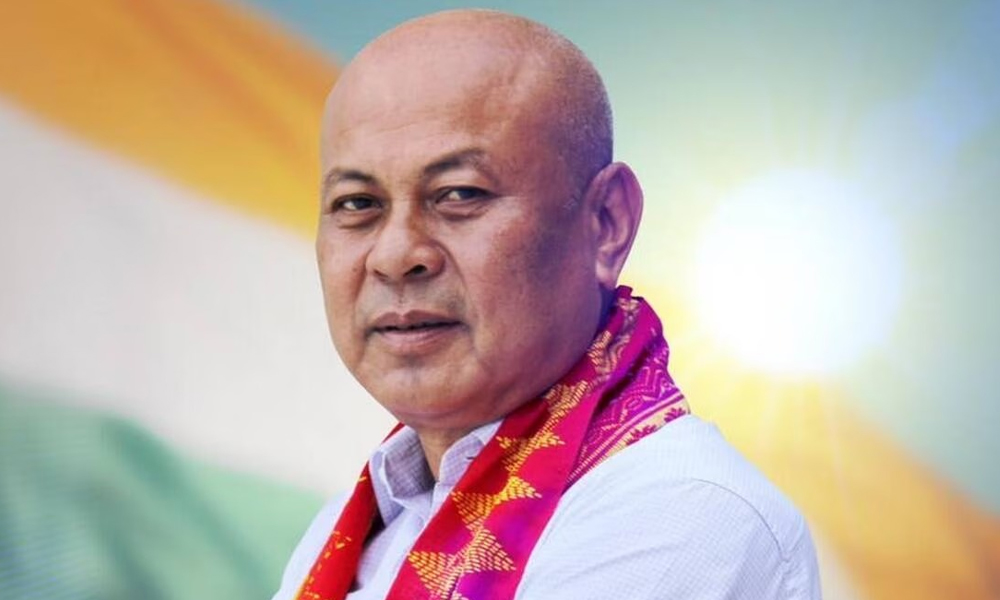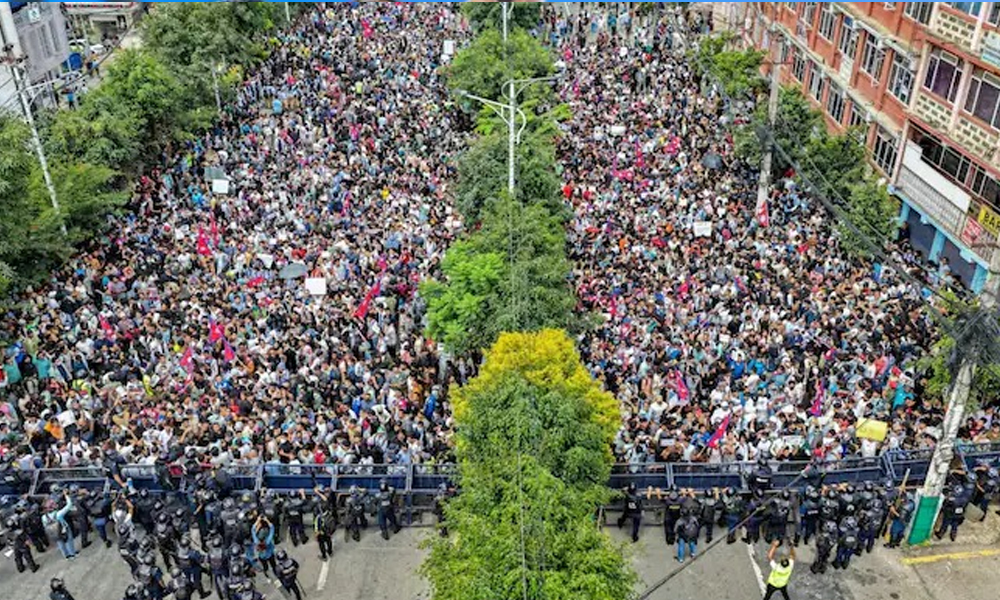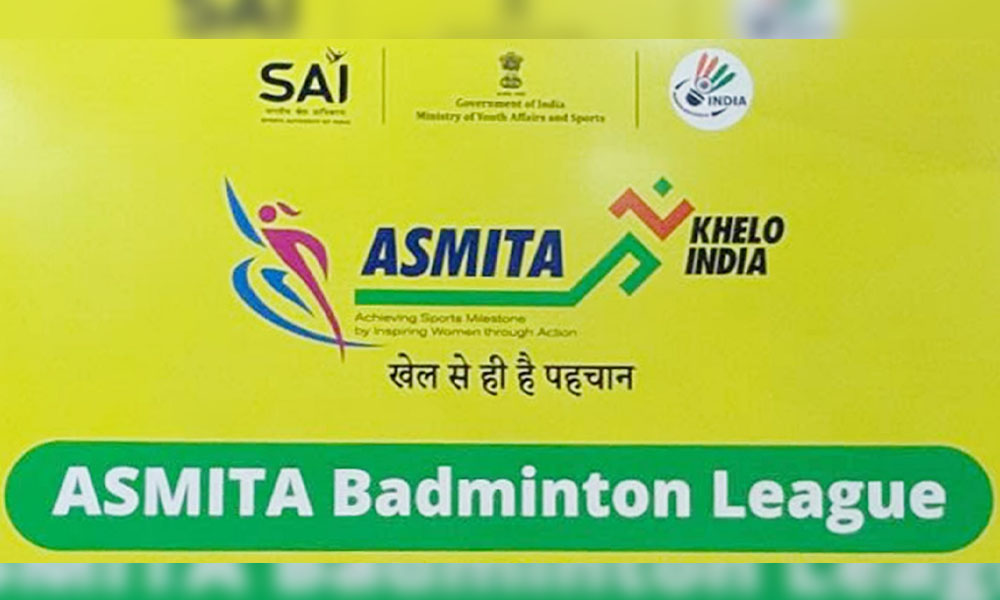Digital Desk: Ever questioned why elections to elect the
President and Vice President of India, members of the Rajya Sabha, and members
of state legislative councils do not use electronic voting machines, which have
been used in four Lok Sabha elections and 127 assembly elections since 2004?
The EVMs are based on a technology that allows them to aggregate votes in
direct elections for state assemblies and the Lok Sabha.
The candidate receiving the most votes is deemed the winner
after voters push the button next to the name of their preferred candidate.
However, a single transferable vote is used to elect the president
in conformity with the proportional representation system.
Every elector may indicate as many choices as there are
candidates running for office under the proportional representation by single
transferable vote system.
The voter must indicate their preferences for the candidates by
placing the numbers 1, 2, 3, 4, and so forth next to the candidates' names in
the space provided in column 2 of the ballot paper. The two candidates in the
election on Monday are Droupadi Murmu of the NDA and Yashwant Sinha, who is
supported by the opposition.
Officials stated that the EVMs are not intended to record this
voting system. The electronic voting machine (EVM) aggregates votes, and under
the proportional representation system, the machine will need to compute votes
based on preference, which calls for a whole different technology.
To put it another way, a different kind of EVM would be
required.
Since 2004, EVMs have been used in 127 assembly elections as
well as four Lok Sabha elections, according to the August 2021 issue of the
Election Commission's quarterly publication "My Vote Matters."
The Electronics Corporation of India Ltd. (ECIL), Hyderabad, was
tasked with designing and developing electronic voting machines (EVMs) after
they were initially proposed in 1977 by the Election Commission, according to
the EC website.
To put it another way, a different kind of EVM would be
required.
Since 2004, EVMs have been used in 127 assembly elections as
well as four Lok Sabha elections, according to the August 2021 issue of the
Election Commission's quarterly publication "My Vote Matters."
The Electronics Corporation of India Ltd. (ECIL), Hyderabad, was
tasked with designing and developing electronic voting machines (EVMs) after
they were initially proposed in 1977 by the Election Commission, according to
the EC website.
Only in 1998 was a universal agreement on its introduction possible, and 25 legislative assembly constituencies scattered throughout Madhya Pradesh, Rajasthan, and Delhi began using them.
EVMs were utilised in every assembly constituency during the assembly elections that were held in May 2001 in the states of Tamil Nadu, Kerala, Puducherry, and West Bengal.
Since then, the Commission has used the EVMs for each state assembly election.
In all 543 of the country's parliamentary constituencies, more than 10 lakh EVMs were utilised in the 2004 Lok Sabha elections.



















